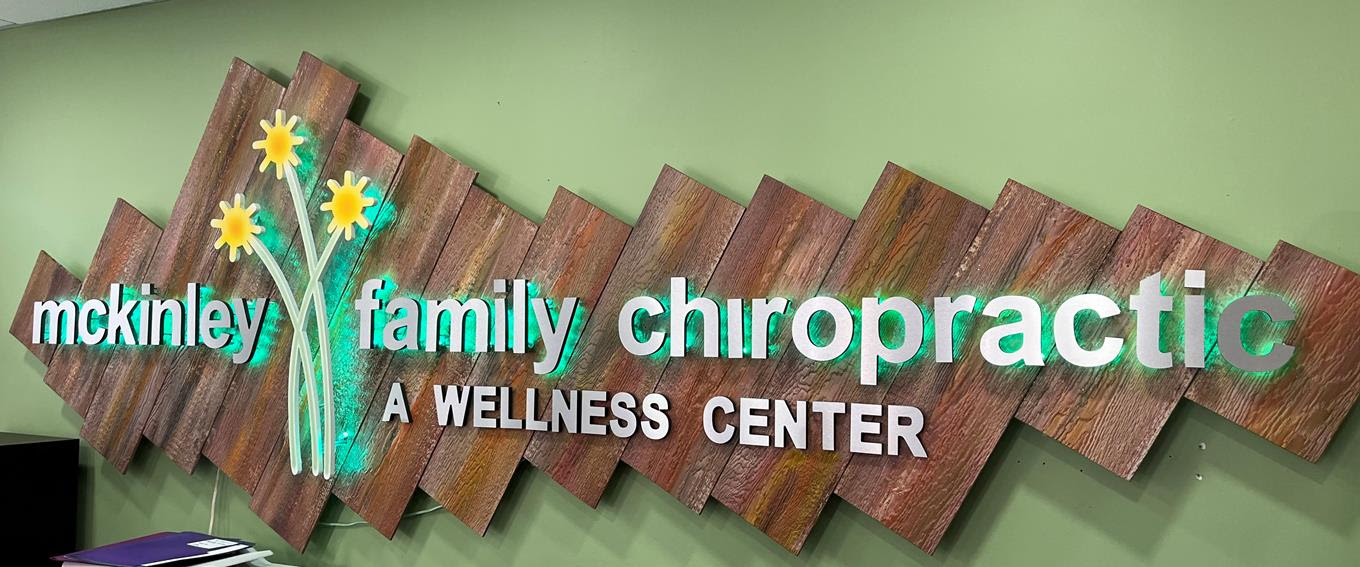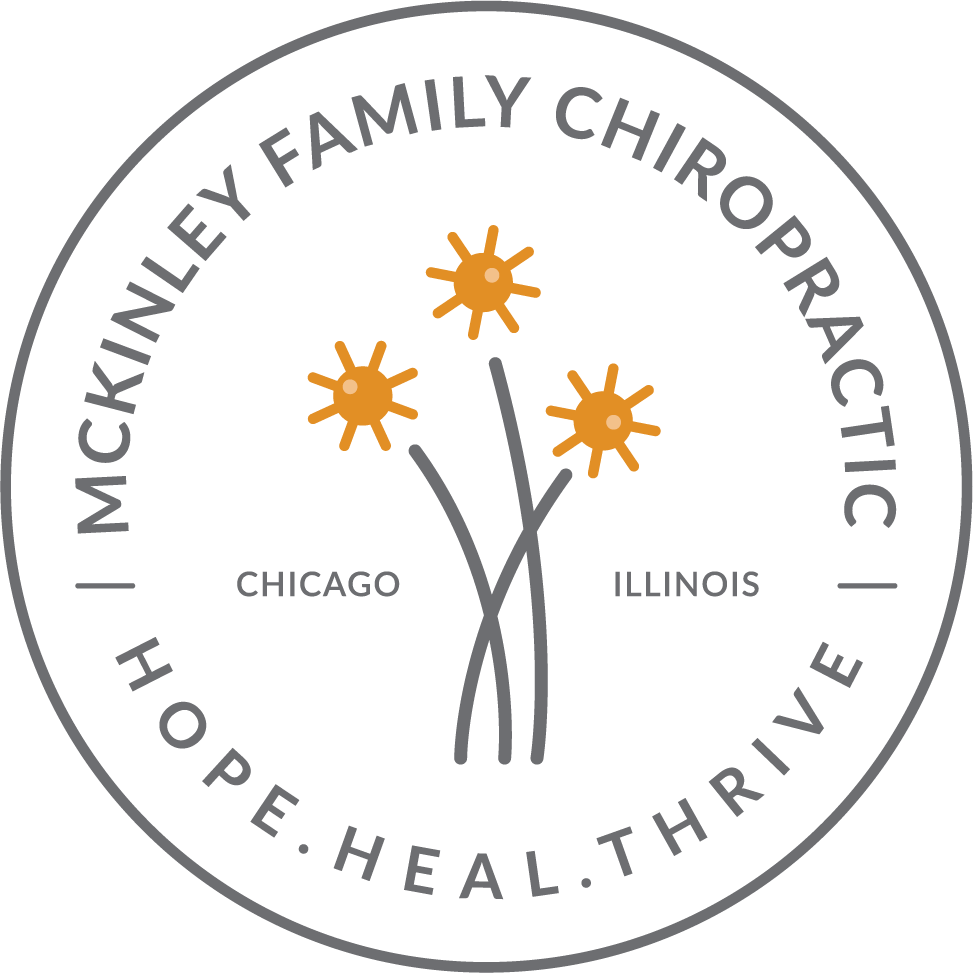by floodlightseo
Share
by floodlightseo
Share
Thanks to everyone for all the kind words about Pippa’s birth story I posted last week. We thank you for reading our newsletters and blog – they are our place to spill our guts on what is taking place in both our lives and in health/wellness (which, as you know, are intimately connected).
I wanted to follow-up on a couple of things. Probably the biggest question we hear from people when we talk about having a natural birth is some variation on “Why go  through that pain if you don’t have to?”. The answer is simple: for us, and for most people, a natural birth is the best and safest for both mom and baby. Only in the last 50 years have we started to look at birth as a medical procedure and not as the natural, beautiful act it is. And by looking at it as a procedure (that we can start and stop) we open ourselves up to all kinds of interventions that may and do have bad outcomes. This is why c-section rates are sky-rocketing (more on this in a second) and the infant mortality rate in the US is actually increasing and is worse than most of our peer nations. This is basically why the doctor in my story recommended we induce at 37 weeks – he views labor and delivery as a procedure that he performs, much as a heart surgeon does bypass surgery or a dentist does a root canal. He can perform it at 37 weeks (as he said, the baby is completely viable) or 42 weeks – it doesn’t matter to him. We didn’t do it because we take the opposite view – the birth process as the body was designed to have it (which may be different for everyone) is vitally important to start the baby on the track to good health. Unless there was a life-threatening issue for Pippa or Courtney (there wasn’t) we knew that her body knew what was best for the baby; in the end that was her being 10 days “late”. She wasn’t meant to come out at 37 weeks – if she was Courtney would’ve started dilating, having contractions, etc. And in the end, we have a perfect little girl who has gotten a great start on life!
through that pain if you don’t have to?”. The answer is simple: for us, and for most people, a natural birth is the best and safest for both mom and baby. Only in the last 50 years have we started to look at birth as a medical procedure and not as the natural, beautiful act it is. And by looking at it as a procedure (that we can start and stop) we open ourselves up to all kinds of interventions that may and do have bad outcomes. This is why c-section rates are sky-rocketing (more on this in a second) and the infant mortality rate in the US is actually increasing and is worse than most of our peer nations. This is basically why the doctor in my story recommended we induce at 37 weeks – he views labor and delivery as a procedure that he performs, much as a heart surgeon does bypass surgery or a dentist does a root canal. He can perform it at 37 weeks (as he said, the baby is completely viable) or 42 weeks – it doesn’t matter to him. We didn’t do it because we take the opposite view – the birth process as the body was designed to have it (which may be different for everyone) is vitally important to start the baby on the track to good health. Unless there was a life-threatening issue for Pippa or Courtney (there wasn’t) we knew that her body knew what was best for the baby; in the end that was her being 10 days “late”. She wasn’t meant to come out at 37 weeks – if she was Courtney would’ve started dilating, having contractions, etc. And in the end, we have a perfect little girl who has gotten a great start on life!
Yesterday I posted a website on our Facebook page (Click here to become a fan!) that is a great resource for people who are expecting or plan to be expecting. The choice of a doctor/midwife and associated hospital is a vitally important first step that takes place many times before many couples, especially first timers, have thought about what type of experience they would like to have. It even happened to us – we switched providers at 32 weeks. One very important piece of information to gather is the C-section rate for the hospital that you are using(you should also find it out for your practitioner). The website above has links for every hospital in the United States. Illinois specifically is a very well designed page: it allows you to compare any hospital you want and will even give you the state averages.
Why is it important to know you hospital’s c-section rate, and why do we want to avoid them if at all possible? C-sections are major abdominal surgery and have the same consequences and recovery. They are not, as many portray, “walk into the hospital, go to sleep, and walk out with a baby.” Many people who have a c-section are even lucky if they can pick up their baby up 1, 2, even 3 weeks after giving birth – the recovery is long and painful. Not to mention the risks associated with the surgery itself. There are even risks associated for the baby. Babies delivered by c-section have higher rates of asthma, allergies, poorer immune function, colic, etc.
Would I have rather delivered Pippa in a place without c-sections? Absolutely not – they are vital in the case of an emergency. The problem is that the majority performed in the US are not as a result of an emergency but done for convenience or as a consequence of unneeded intervention. The World Health Organization reports that 5-10% of all births are emergency situations where c-sections are warranted. They also state that at rates over 15% more women are being harmed than actually helped! In some areas of the US rates are over 40% and rising; Illinois is at 27%!
As I said the website I linked above gives breakdowns of all hospitals across the US. I took a look at the three hospitals here in Chicago that we have or are using: Northwestern(Dr.M), Swedish(Sarah), and Evanston(Dr. A). The website give two different rates to look at: the Primary C-section rate (this is C-sections for women who have never had one before, and the overall C-section rate). Here is the breakdown:
Northwestern
- Primary: 17%
- Total: 25%
Swedish
- 12%
- 21%
Evanston
- 14%
- 23%
So in looking at them the good news is that all three are beating the Illinois average, yet they are still higher than what should be acceptable. In addition to the hospital c-section you will also want to know your Dr/midwife’s rate, as well as their percentage of natural birth. This info may be harder to find – there is no database. I do know that our midwife’s c-section rate is under 5% and their natural birth rate is over 60%. For comparison’s sake Northwestern’s natural birth rate is 2%. Be sure to ask your doctor/midwife these questions.
In the end I hope this answered some of the questions people may have had about our birth. We truly believe that the birth experience is a personal decision and that while natural birth is the healthiest option, depending on circumstances it may not be possible for everyone. We love working with pregnant women from the start of their pregnancy to help support and guide them in order to have the best experience possible. If you are pregnant or know someone who is pregnant be sure to check out our blog and our Facebook feed for more info, and make an appointment to see want kind of help we may provide throughout the pregnancy (and after!).
Thanks Again
Dr. Arthur
A Lesson on Compound Interest…. Just like investing your money, it is vital to invest in your health, and just like your money, sometimes you won’t see the advancements until you’re further down the line. There is no better time to start than right now. Making small contributions to your health will begin to pay […]
Kick Start Your 2025 with a Solid Routine We hope everyone had a great holiday, but unfortunately, it is time to get back to the real world and all of the fun that comes with it. One of the best ways to do that is by re-establishing a routine. The beginning of the year is […]




